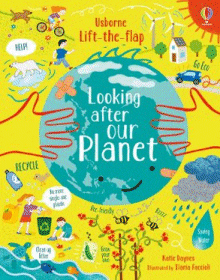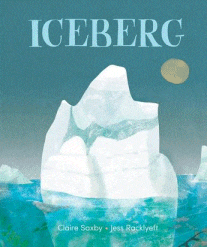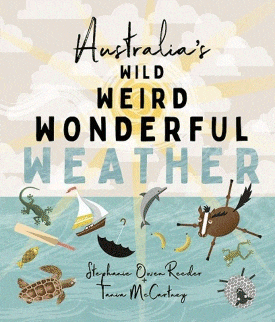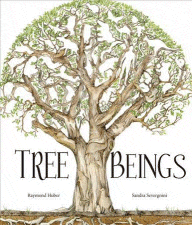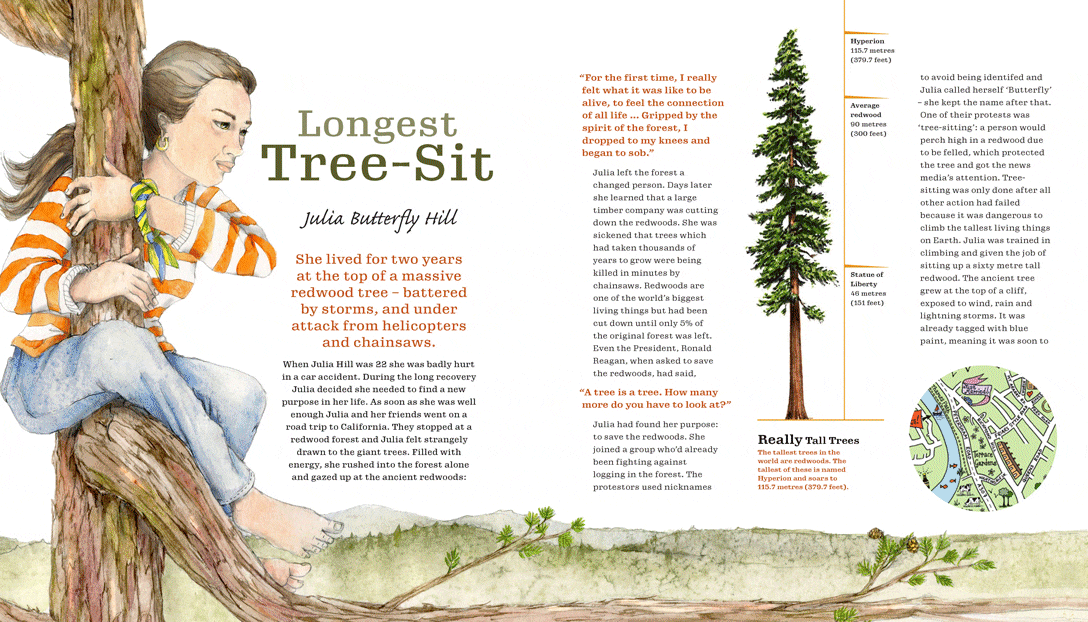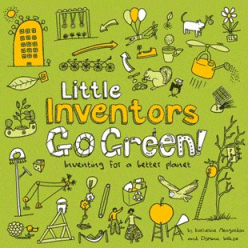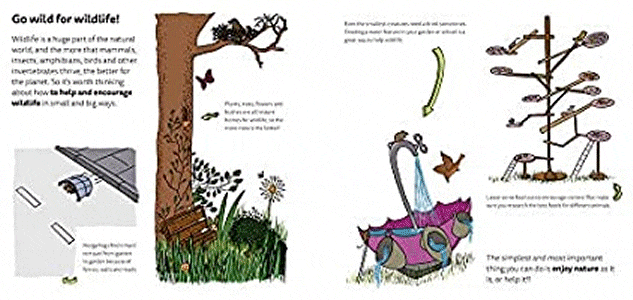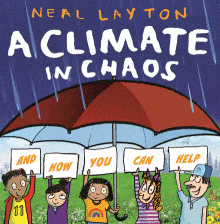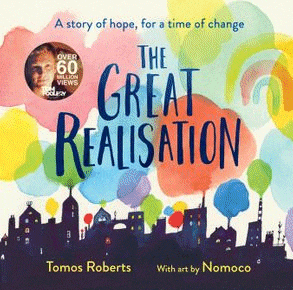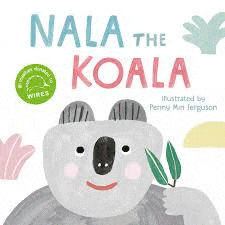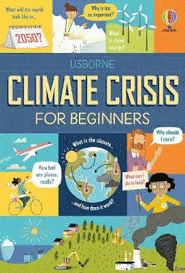
Climate Crisis for Beginners
Climate Crisis for Beginners
Eddie Reynolds and Andy Prentice
El Primo Ramon
Usborne, 2021
128pp., hbk., RRP $A19.99
9781474979863
The climate crisis is real. It is already changing the world around us. How does the climate work? What are we doing to change it? What can we do differently to avoid the worst outcomes? Why do we all find change so hard? The climate crisis is a troubling and sensitive topic, especially for children, so the book includes vital tips on how to set realistic goals and not get overwhelmed by bad news.
Given the number of posts asking for suggestions for books about about sustainability that are being sent to the TL forums I belong to, this is a timely release. Using simple language and vivid illustrations to explain complex questions clearly, and make the concepts and solutions accessible to our younger students, it is another must-have addition to your collection that explores the planet and how we can make it better.
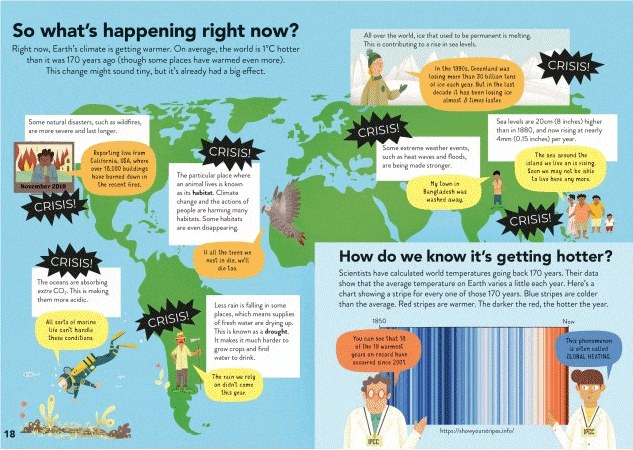
A peek inside…
From the same series as 100 Things to Know about Saving the Planet, it has the usual Usborne integrity that talks directly to the reader to engage them and enable them to feel empowered to do something. It spans a broad range of topics and these are expanded by the pre-selected Quicklinks so the reader can follow their interests further.
It is the publication of books like this focusing on contemporary topics that compel schools to have vibrant, up-to-date non fiction collections in print format so that students have access to the information at their level at hand, rather than going down the rabbit hole of the internet. .
.
